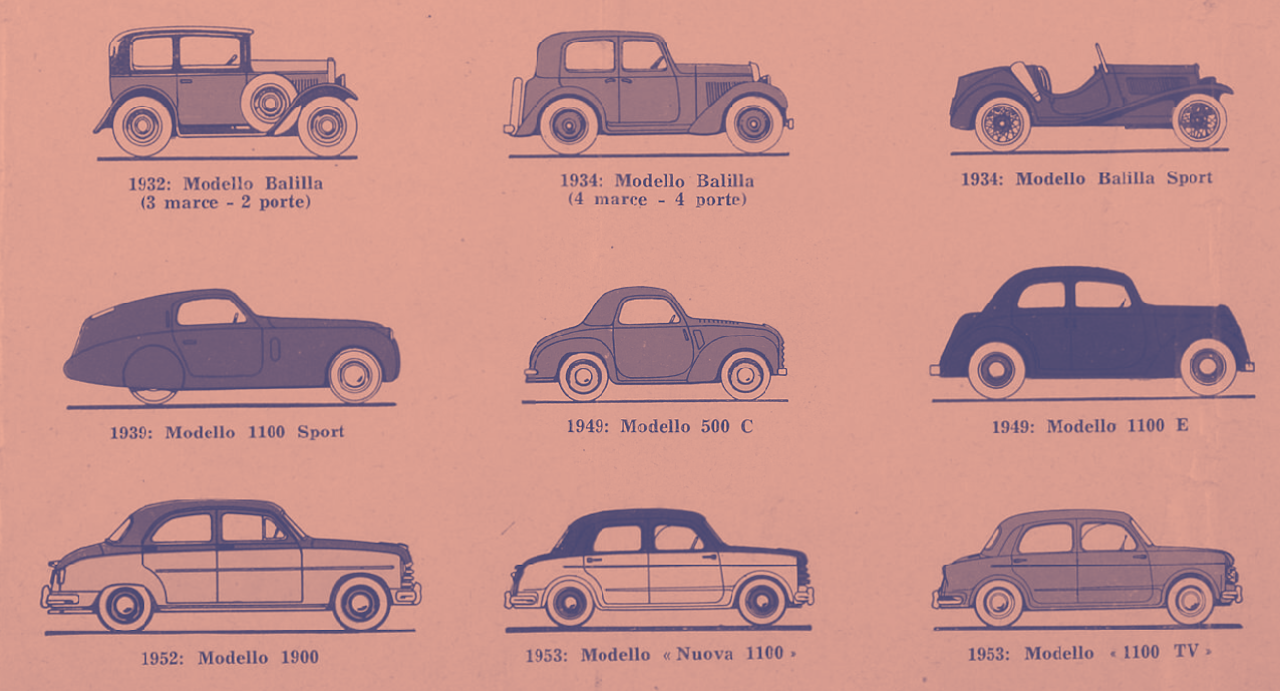If you’ve ever seen a car in person (wow!) then you might be familiar with the fact that they tend to make a great deal of noise. This noise is usually created by their engines. Different engines make different noises, like vrmmmmmm, buhbuhbuhbuh, and WEEeeeeee. Sorry if this is too technical.
Weird thing is, in many newer cars, these noises are mostly fake.
The reason why is partly because of a triumph of modern engineering, and paradoxical consumer demands. People wanted to buy cars that were quiet, so they could listen to podcasts while driving to jobs they hated so that they could afford their cars. Manufacturers, hoping to make more money selling cars, took great pains to reduce and/or insulate against excessive noise.
Various creative tricks were utilized, including sound-absorbing insulation, paint sealers, heat-expanding tape, vibration-absorbing firewalls, and side-view mirrors that redirect noisy airflow out at other drivers. Meanwhile, electric and hybrid cars, and their lack of combustion engines, naturally make less noise.
All of this means that in that last two decades or so, even the cheapest cars have gotten significantly quieter. You might not have consciously noticed, as it’s often hard to notice the absence of something.
Problem is, cars can’t be completely silent. There’s some utility to the noise. It can aid in shifting on manual cars (rather than rely on the tachometer, one can change gears based on engine noise, shifting when the car sounds stressed), or tell us that something is terribly wrong with an engine before it explodes on the highway. Most importantly, the noise gives pedestrians (especially those who are visually impaired) a heads-up that a massive, body-destroying multi-ton hunk of steel is speeding at them. Hence, regulations for how quiet certain cars can be.
More than anything, though, some people just want their cars to explode with noise, to shatter all nearby plate-glass windows, set off car alarms, explode unborn children in all nearby wombs. Who knows why. Fragile masculinity? Screaming against the void? Loud noises are fun?
Despite putting all that work and money into quieting cars, manufacturers then had to creatively add noise back in, with skeuomorphic audio. Skeuomorphism is when a new technology unnecessarily retains design elements from that it supersedes, for aesthetic/ornamental purposes, like how a calendar app on a phone might resemble an actual paper calendar, complete with ripped pages. In this case, certain Volkswagen and Audi models have the Soundaktor system, which is basically a small speaker that pumps noise into the cabin. Naturally there are a bunch before/after video samples all over YouTube:
The BMW M5 plays fake engine noises through its stereo system, a feature called Active Sound Design. The differences, like with the Soundaktor, are subtle:
The Ford F-150 also plays artificial engine noise through its stereo speakers:
And Porsches have something called Sound Symposer tech, which doesn’t exactly simulate noise so much as control how much enters the cabin.
You get the idea. The artificial noises are loud enough to sound “fun” but quiet enough to not bother anybody. Problem solved, everyone’s happy.
Except not really, because nobody’s ever happy. People seem to dislike skeuomorphic engine noises in the same way that they don’t like lip syncing or autotune. It’s seen as inauthentic. And so internet forums and YouTube channels are filled with instructions about how to safely remove them from new cars, which involves (in the case of GTIs) mercilessly ripping the lil speaker out or turning it off by messing with the car’s computer system.
But wait, hold on. What is an “authentic” engine noise? Almost since their invention, people have tinkered with their cars to make them sound different (usually angrier) with aftermarket mufflers. Or sillier, with party streamers and screaming rubber chickens. The initial Mazda Miatas, released in ‘89, were supposedly the first “acoustically tuned” cars — that is they were engineered to sound “fun” according to this video with Jay Leno. And let’s never forget whistles (woo woo!):
Ultimately this dredges up all sorts of interesting ontological questions about what a car should sound like. If cars need to make noise (for reasons of fun/public safety/usability), but this noise is already mostly “fake” (and will only increasingly become so), well, why do they need to sound like engines at all? Does this not demonstrate a complete lack of imagination?
The most obvious solution is that we should let people mess with and change the fake noises, so long as this is within the bounds of legality and public decency or whatever. As far as I can tell, skeuomorphic audio systems have yet to be hacked, although there’s at least one product on the market, called the SoundRacer, that plays different engine sounds through one’s stereo, which is cool but slightly disappointing compared to the wide variety of bizarre options in the novelty horn market.
Or: Car manufacturers should hire composers to develop new car sounds. We’ve been hearing the same boring noises for like 100 years and they kind of suck. What I’m saying is, get Brian Eno to produce the next Ford Focus.
Seriously, let’s get Kid Rock to alter a Fiat 500 so it roars with loud, comfortably uncritical patriotism. Or have James Murphy put a Kia Sorento up on a lift and give us the danceable meta-commentary on engine sounds we all crave.
Imagine witnessing a sideshow with spinning cars throbbing to a new beat by Traxamillion. Or slamming on the gas pedal of a sick 6.2 liter 840 horsepower V8 Dodge Demon, only to have it return a peaceful-yet-haunting arpeggiated ambient wash composed by none other than Jean-Michel Jarre, that makes one experience painful nostalgia for a vague future moment that will never happen.
This all probably sounds insane, and maybe it is, but is it really any more so than having a car produce fake engine noises? Or rebuilding entire cities to cater to deadly, inefficient machines that are assisting humanity’s rapid destruction at the hands of global warming? If we have to live in a cyberpunk helltopia, it should at least sound cool.


